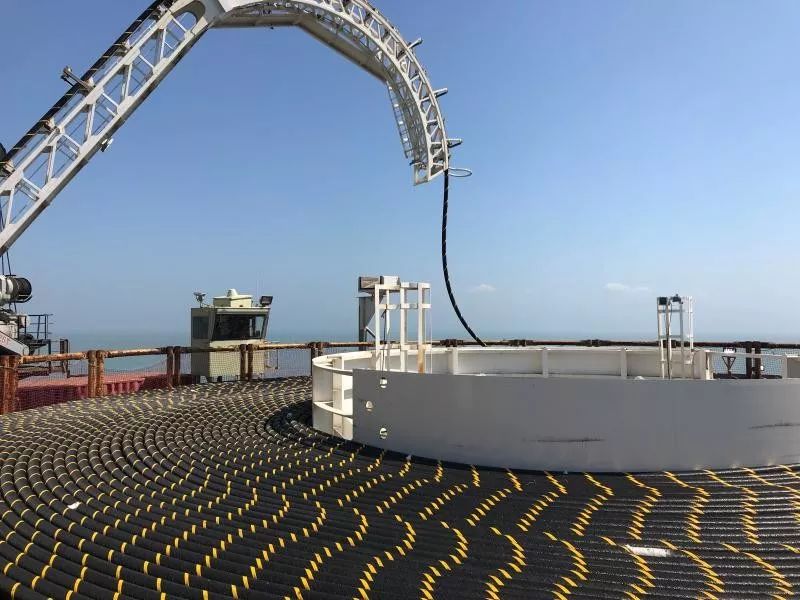
The $ 100 million Tasman Global Access Cable extends from Laguna's Ngarunui Beach to Sydney's Narrabeen Beach and will transfer large amounts of Internet traffic between the two countries.
The project is a collaboration between Spark, Vodafone, and Telstra, aimed at strengthening the diversity and resilience of New Zealand's telecom infrastructure.
The submarine cable has been built to provide New Zealand with more international bandwidth and capacity and become a digital interconnect in the fast-growing Asian economy by achieving a better connection with the five major international cable systems currently serving Australia.
Spark, Vodafone, and Telstra are pleased with the success of the project.
New Zealand Communications Minister Simon Bridges said the submarine cable in the system provides greater capacity, reduces the risk of bottlenecks, and provides consumers with faster, better Internet services, especially from the overseas influx of content. This is also a big competition in the New Zealand cable market.
"This submarine cable is another step in ensuring that we maintain an affordable connection with the rest of the world," he said.
"It also ensures that domestic demand for data is supported internationally and provides the conditions for future growth."
The submarine cable consists of two sets of fiber pairs, with a total design capacity of 20Tbps and a 20 repeater for amplifying the optical signal along the path.
Alka Submarine Network Ile De Re laying ship is responsible for laying.